Reasoning by Chain of Thought - Advanced Logical Reasoning
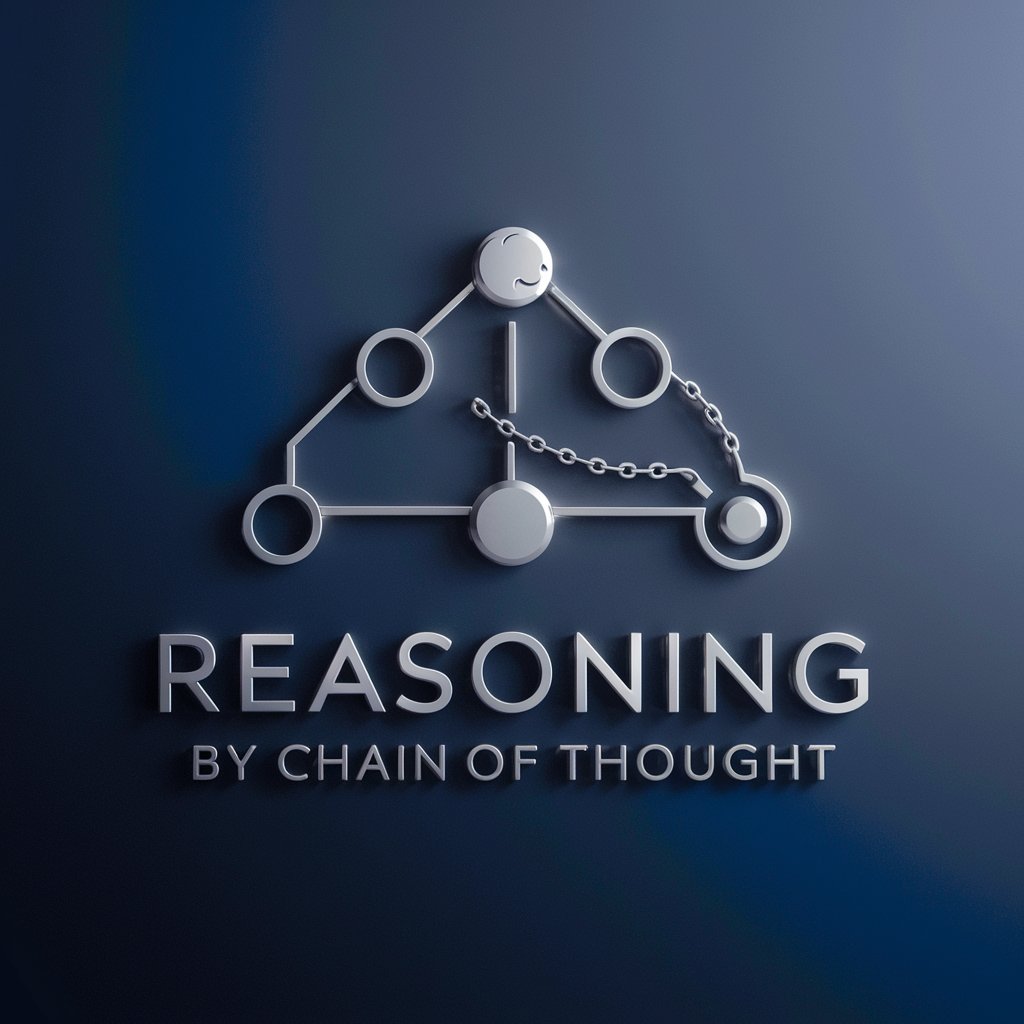
Hello! Let's dive into logical reasoning together.
Empower decisions with AI reasoning
Describe the fundamental principles of logic and reasoning.
Explain the process of breaking down complex problems into simpler components.
Analyze the role of assumptions in logical reasoning and how they influence conclusions.
Discuss the importance of integrating various perspectives to form a comprehensive understanding.
Get Embed Code
Introduction to Reasoning by Chain of Thought
Reasoning by Chain of Thought is designed to offer enhanced, logical reasoning capabilities beyond simple question-and-answer formats. Its core functionality revolves around breaking down complex questions into smaller, manageable components, analyzing these components from various angles, and then synthesizing the insights into a comprehensive conclusion. This approach ensures a deep understanding of the query and a thorough answer that considers all relevant aspects. For example, when faced with a question on the impact of a new policy on economic growth, Reasoning by Chain of Thought would dissect the policy's key features, consider historical precedents, evaluate potential effects on different sectors, and analyze feedback loops before drawing a conclusion. This method enables it to tackle diverse and complicated questions, from ethical dilemmas to strategic planning and theoretical explorations. Powered by ChatGPT-4o。

Main Functions of Reasoning by Chain of Thought
Complex Problem Solving
Example
Evaluating the potential outcomes of implementing a universal basic income.
Scenario
It involves analyzing economic data, considering societal impacts, comparing with past implementations in various countries, and assessing sustainability before providing a nuanced perspective on its feasibility and potential effects.
Ethical Analysis
Example
Determining the ethical implications of AI in decision-making processes.
Scenario
This function delves into philosophical theories, practical consequences, biases in AI algorithms, and potential impacts on different social groups, offering a well-rounded analysis of the ethical landscape surrounding AI use.
Strategic Planning Assistance
Example
Assisting businesses in planning for long-term growth amid technological change.
Scenario
The process involves identifying industry trends, technological advancements, market demands, and potential challenges, followed by strategizing for innovation, market positioning, and risk management.
Ideal Users of Reasoning by Chain of Thought Services
Researchers and Academics
Individuals in these fields benefit from the ability to dissect complex theoretical questions, synthesize diverse sources of information, and develop well-supported arguments for their studies or publications.
Policy Makers and Analysts
This group benefits from comprehensive analyses of policies' potential impacts, considering economic, social, and environmental dimensions, helping them make informed decisions or recommendations.
Business Professionals and Entrepreneurs
They utilize the service for strategic planning, market analysis, and navigating ethical considerations in business operations, ensuring that decisions are both innovative and grounded in solid reasoning.

How to Use Reasoning by Chain of Thought
Initial Access
Start by accessing yeschat.ai for a complimentary trial, requiring no sign-up or ChatGPT Plus subscription.
Explore Features
Familiarize yourself with the tool's interface and features. Check out tutorials or guides available on the platform to understand how to effectively use Reasoning by Chain of Thought for your specific needs.
Identify Use Case
Determine the specific problem or question you need to address. Reasoning by Chain of Thought is versatile, catering to complex problem-solving, academic research, decision-making, and creative writing.
Engage with the Tool
Input your question or problem statement into the tool. Use clear, concise language and provide as much context as necessary to ensure a comprehensive response.
Review and Refine
Analyze the generated response for accuracy and completeness. If needed, refine your query with additional details or clarify certain aspects for more precise answers.
Try other advanced and practical GPTs
Job Scout
Empower Your Job Hunt with AI

Logistics Management
Streamline Your Supply Chain with AI

LogisticGPT
Optimize Inventory with AI-Powered Insights
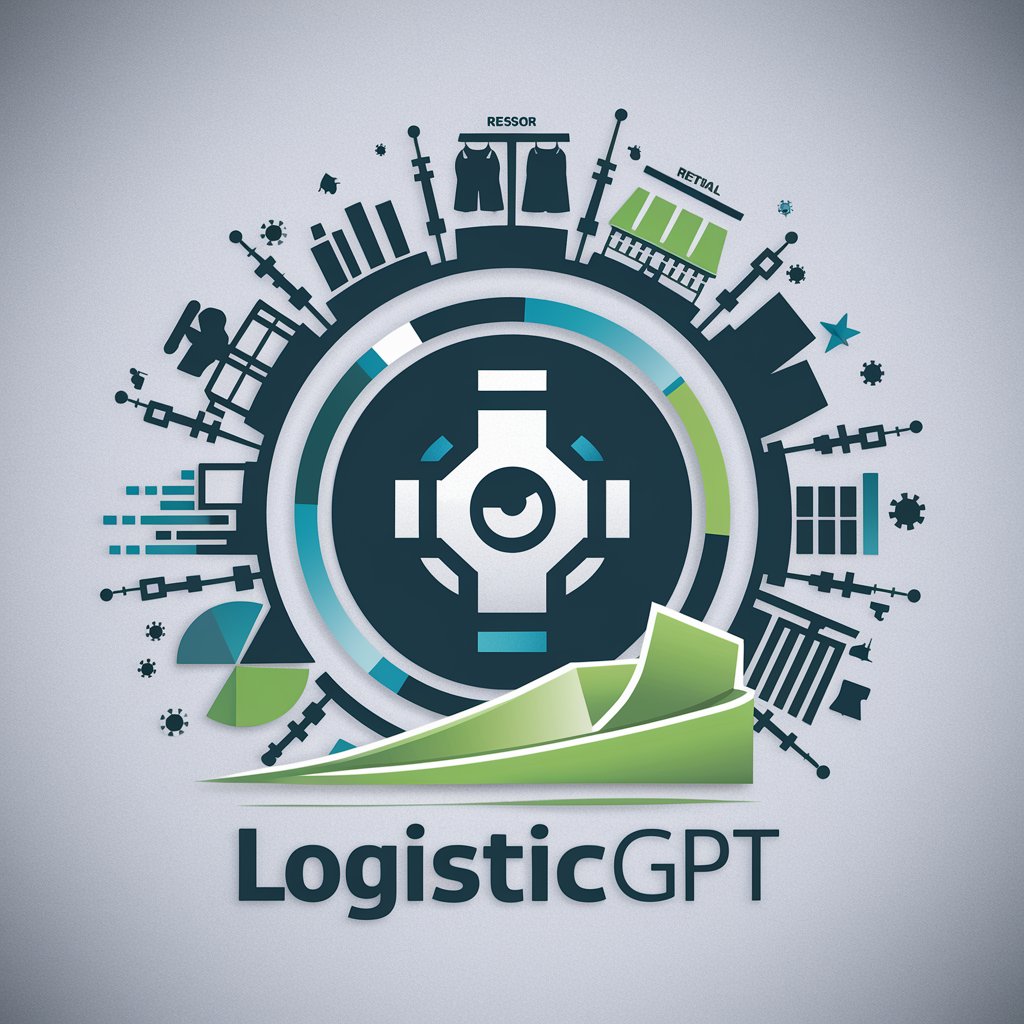
Inventory
AI-Powered Inventory Control at Your Fingertips
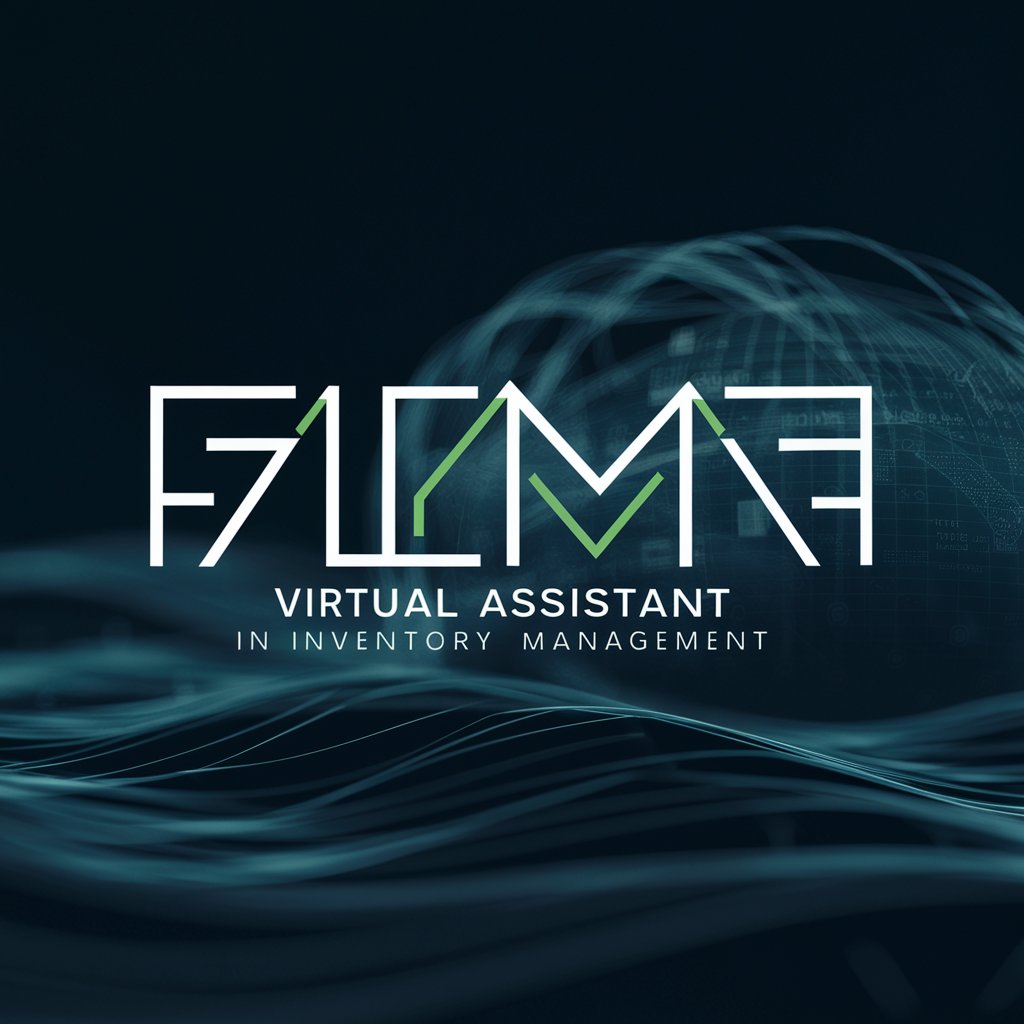
Visual Inventory Management GPT
Optimize Your Inventory with AI Insight

Procurement Management
Streamlining Procurement with AI

Risk Management Guide
AI-Powered Risk Management Expertise
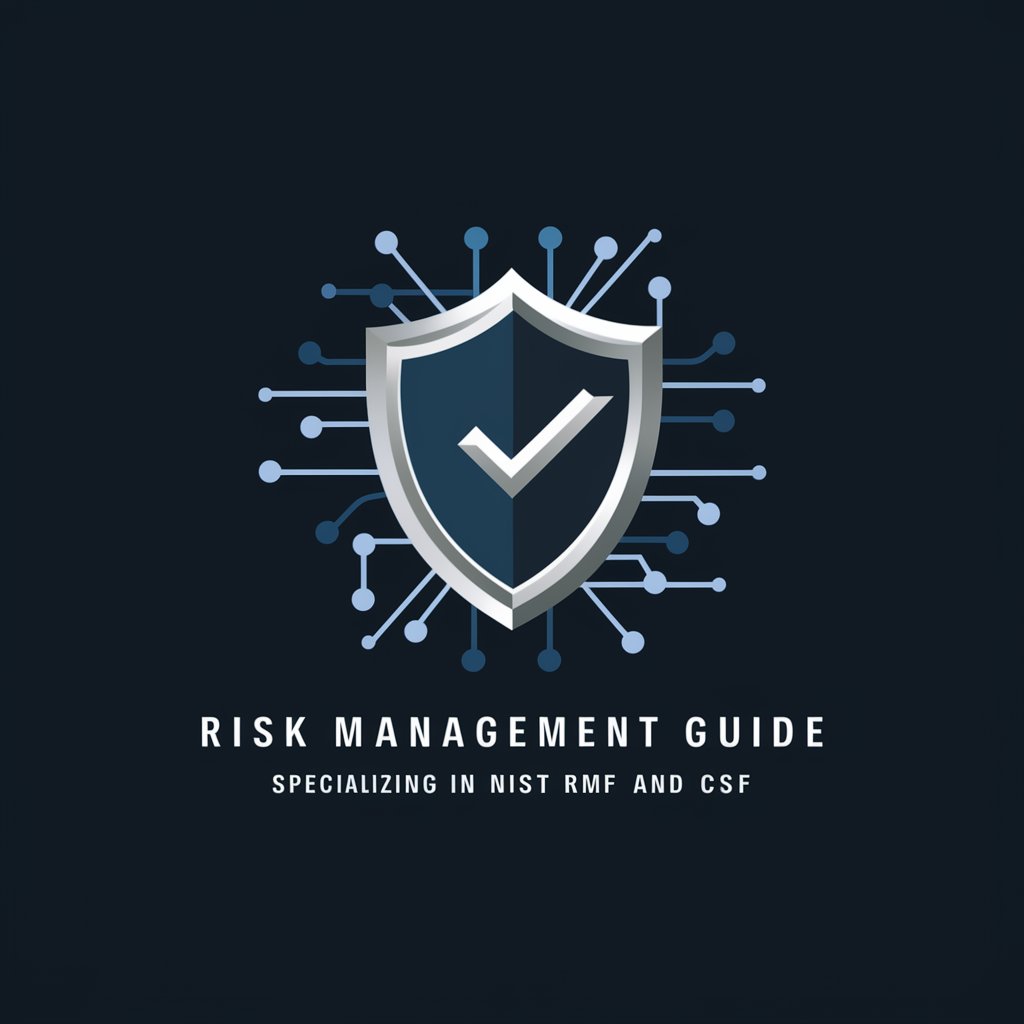
SEO Sage
Revolutionizing SEO with AI Expertise

SEO Sage
Empower Your SEO with AI Insight

SEO Sage
Empowering SEO with AI Insights

Project Management Insighter
Empowering Project Success with AI

SEO Sage
Elevate Your Content with AI-Powered SEO
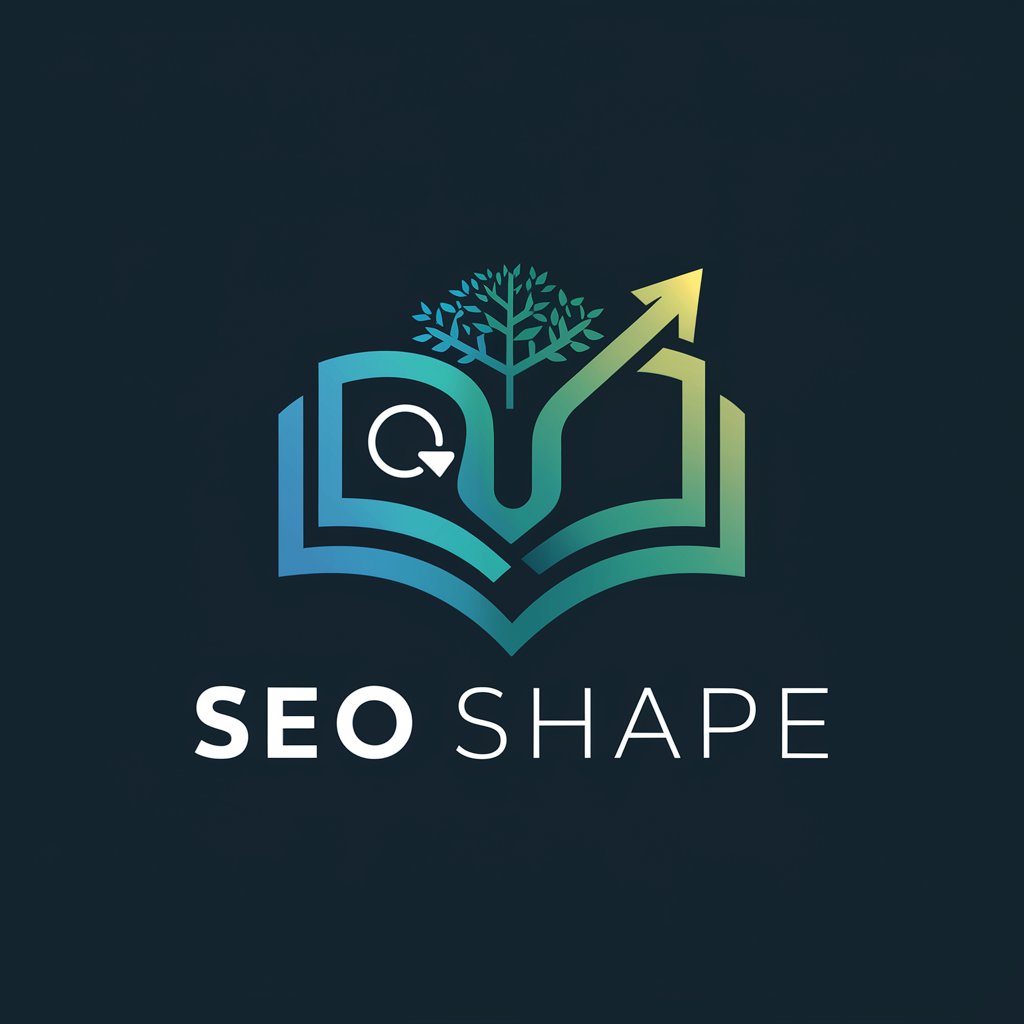
FAQs on Reasoning by Chain of Thought
What is Reasoning by Chain of Thought?
Reasoning by Chain of Thought is an advanced AI-driven tool designed to process complex queries through a structured, logical reasoning approach. It breaks down questions into fundamental components, analyzes them from multiple angles, and synthesizes a comprehensive answer.
Can it help with academic research?
Absolutely. For academic research, it can assist in formulating hypotheses, interpreting data, and synthesizing research findings into coherent narratives, thereby enhancing the quality and depth of academic writing.
Is Reasoning by Chain of Thought suitable for creative writing?
Yes, it is also beneficial for creative writing. By dissecting plot points, character motivations, and thematic elements, it helps writers develop more nuanced narratives and overcome writer's block.
How does it support decision-making processes?
It aids decision-making by offering a detailed analysis of potential outcomes, assessing risks, and considering various scenarios. This structured approach enables users to make informed decisions based on logical reasoning.
What makes it different from standard AI chatbots?
Unlike standard AI chatbots that often provide direct answers, Reasoning by Chain of Thought delves deeper into queries, providing a step-by-step analysis that leads to a well-rounded conclusion. This makes it particularly effective for complex problem-solving.
